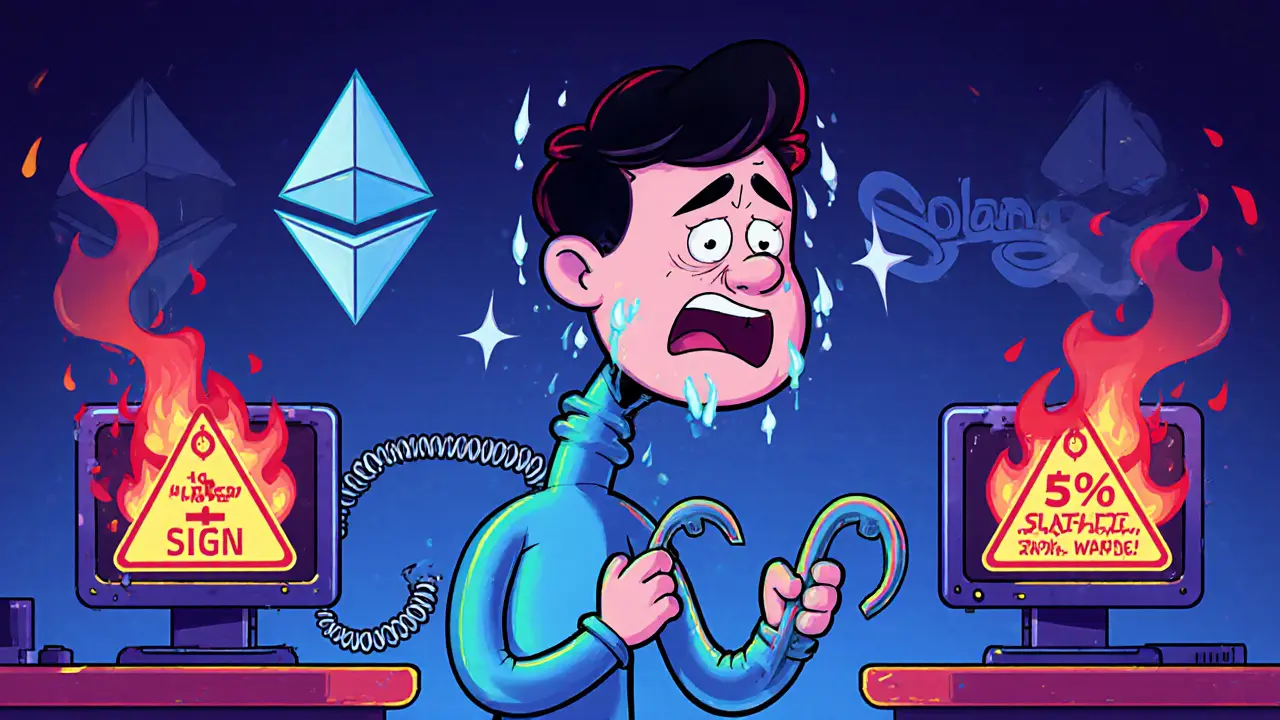Double Signing Prevention: Stop Blockchain Double-Spending and Network Attacks
When a validator on a blockchain signs two different blocks at the same height, it’s called double signing, a malicious act where a validator attempts to support competing chains to disrupt consensus. This is a serious threat to Proof of Stake networks like Ethereum, Solana, and Cardano, where validators are entrusted to confirm transactions fairly. Double signing prevention is the set of rules and penalties that make this kind of fraud too costly to attempt. Without it, anyone with enough stake could split the network, create fake transactions, or steal funds by rewriting history.
Most modern blockchains use slashing, an automatic penalty system that removes a portion of a validator’s staked coins when they double sign. This isn’t just a warning—it’s a financial kill switch. For example, on Ethereum, if a validator is caught double signing, they lose at least 1 ETH and get kicked off the network. The system doesn’t just punish the offender; it makes the attack unprofitable before it even starts. Byzantine Fault Tolerance, a technical framework that ensures network agreement even when some nodes act maliciously, underpins this entire process. It’s why networks stay secure even if a few validators go rogue. Double signing prevention also relies on consensus algorithms, the rules that decide which block becomes part of the official chain. These algorithms require validators to prove they’re following the rules by submitting signed messages that can be cross-checked by others.
Real-world attacks like the 2023 Celestia incident showed how quickly double signing can destabilize a chain—even with slashing in place. But networks that respond fast with automated penalties recover faster. That’s why tools like double signing prevention aren’t optional—they’re the backbone of trust in decentralized systems. If you stake crypto, you’re indirectly relying on this system to keep your assets safe. If you run a validator, you’re responsible for keeping your keys secure and your software updated. A single misstep can cost you thousands.
What you’ll find in the posts below aren’t just theory or manuals—they’re real cases, real failures, and real fixes. From how exchanges protect their nodes to why some chains still get hacked despite slashing, you’ll see exactly how double signing prevention works—or fails—in practice.
Learn how to prevent slashing in Proof-of-Stake blockchains by avoiding duplicate validator keys, using secure signers, and understanding downtime penalties. Protect your staked assets with proven best practices.
